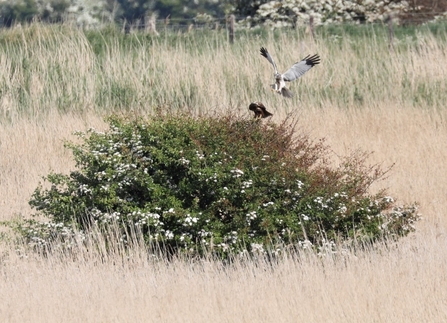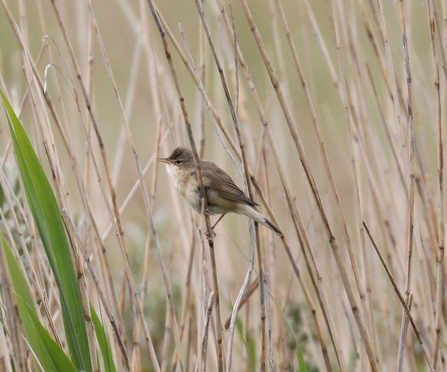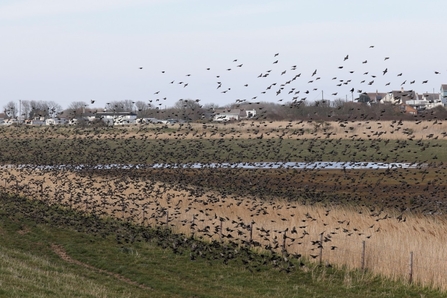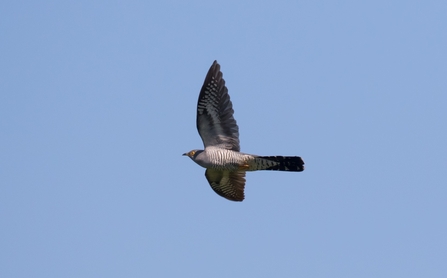The Lincolnshire Coastal Country Park is the area from the North Sea Observatory at Chapel St Leonards to National Trust Sandilands (the former golf course). A spectacular total of 217 bird species were recorded during 2020.
To put this into perspective very few areas within the county (or country) manage to record over 200 bird species over one year. Gibraltar Point is the only exception to this within Lincolnshire which records on average 220-230 species per year. This certainly illustrates the importance and potential for the Coastal Country Park as being one the most productive areas within Lincolnshire for its avian diversity.





